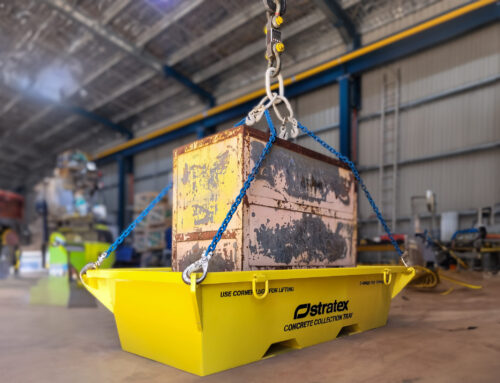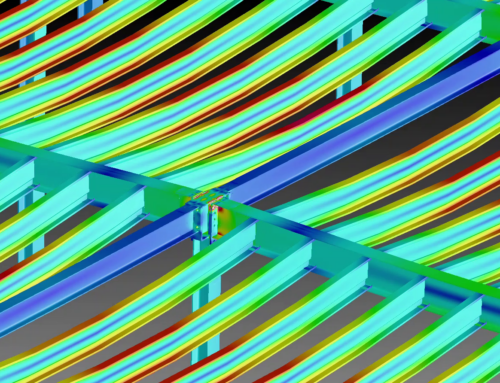Power generation turbine rotor stands
In 2017 a master energy provider undertook routine maintenance at one of Queensland’s largest power stations. This work involved conducting inspections of and overhauling the rotors from within gas turbines.
Each rotor weighs between 30 and 60 tonnes and in order to safely move and seat the rotors above ground to allow for inspection and maintenance work, the client required lifting beams and two types of stands: transport stands and static stands.
Transport stands are placed onto flatbed trucks and used to move the rotors within the facility to where the works can be completed.
The rotors are then placed on static stands to give maintenance workers a way to easily access all parts of the rotor.
The client engaged Practical Engineering to inspect and certify these lifting beams and stands to ensure the rotor inspection works could be conducted safely.
1) Lifting beam arrangements
Practical conducted a range of tests on the lifting beams including FEA (fine element analysis), physical load tests using hydraulic test rigs to simulate the load and test the load on the relevant points, and magnetic particle inspection (NDT – non-destructive testing) to determine if there was any cracks in the welds or any fatigue throughout the beam.
If any elements of the testing revealed that the beams did not meet the relevant standards, Practical refurbished the welds to ensure they were able to be certified.
All beams were then blasted, repainted and returned to the client.
2) Transport stands
The stands were assessed based on how the rotors would seat within them during transport and the transport tie downs were also inspected.
Once at an acceptable standard, these stands were also blasted and repainted before being returned to the client.
The client also required a second set of transport stands to be fabricated. Without access to the original manufacturing specifications, the Practical Engineering team reverse engineered the stands to determine what materials were originally used before fabricating, testing and certifying a new set of stands.
3) A range of static stands
These static stands were also inspected using the full range of tests and blasted, repainted and returned to their respective power stations.
Business Development Manager, Nigel Kruger states, “some stands were not originally manufactured to hold the rotors, so extensive engineering analysis was required to ensure that the rotors would sit fully supported within the v-block and that the rotor fins would not touch the ground.”
This kind of specialised testing and analysis fits well within Practical’s capabilities. We excel at a wide range of inspections and testing and have the capacity to conduct complex engineering analyses for our clients. Our people hold Registered Professional Engineer of Queensland (RPEQ) and Chartered Professional Engineer (CPEng) qualifications and are registered with the National Engineering Register (NER). Email info@praceng.com.au or call 07 3875 2133 to find out how the Practical team can assist you with inspections, testing and certification.
Read more about our work in the energy and resources sector.







